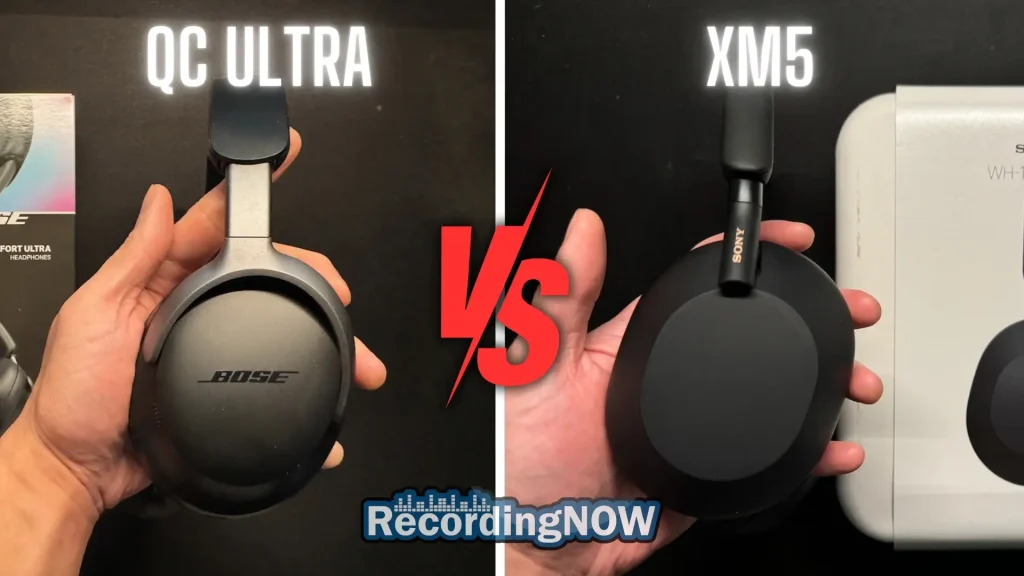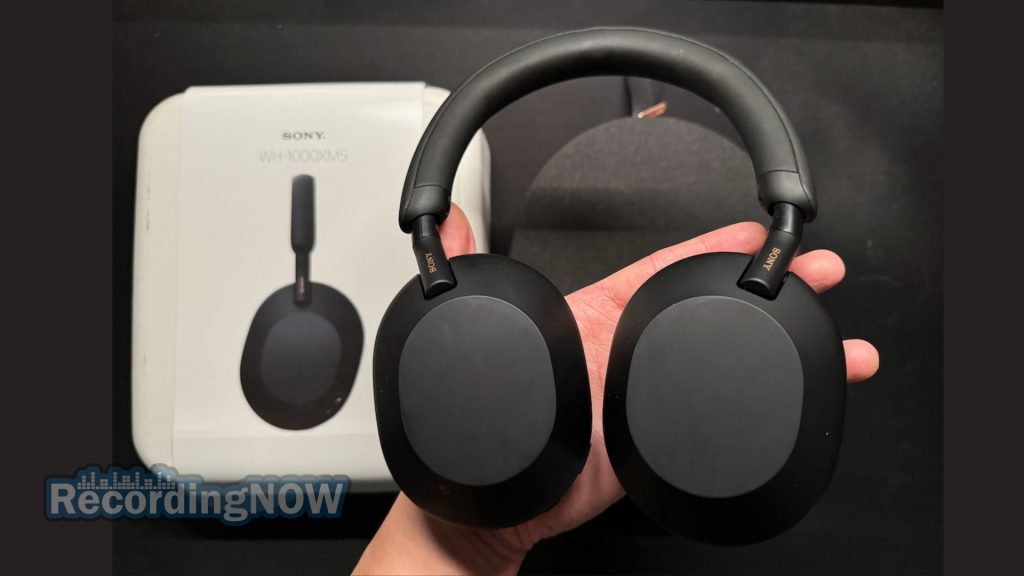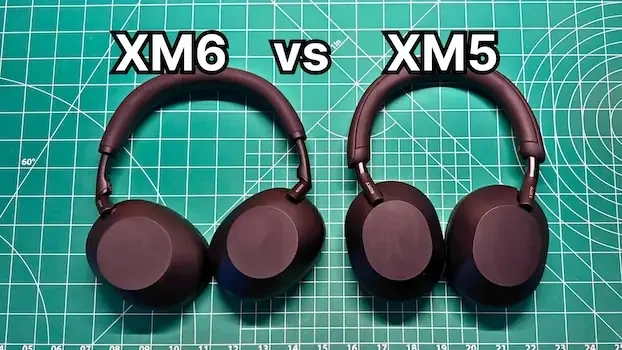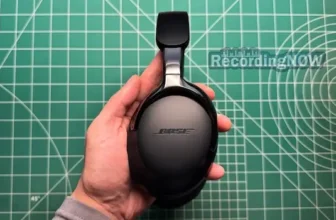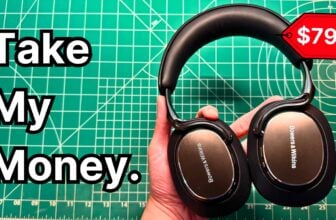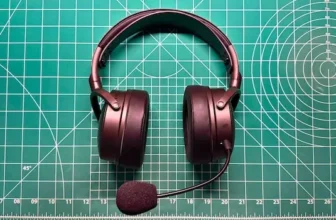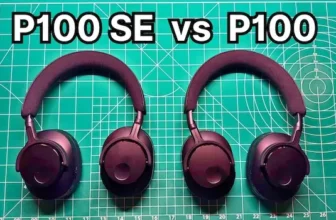In this article, I’m going to share my HONEST experience with the Sony WH-1000XM6 vs WH-1000XM5 and tell you which is better, after personally owning both products. I have thoroughly tested each of these headphones for hundreds of hours, and aim to offer a critical opinion from the perspective of an audiophile and professional music producer.
I’ll be comparing these two head to head on categories like price, comfort, features, battery life, noise cancelling performance, and sound quality.
Then at the end, I’ll share which is the best overall value for the money, and my overall recommendation on which you should buy.
I’ve also conducted a separate in-depth Sony WH-1000XM6 Review and Sony WH-1000XM5 Review, for those who are interested in reading more detailed thoughts about each headphone after. (Links open in a new tab.)
Key Takeaways
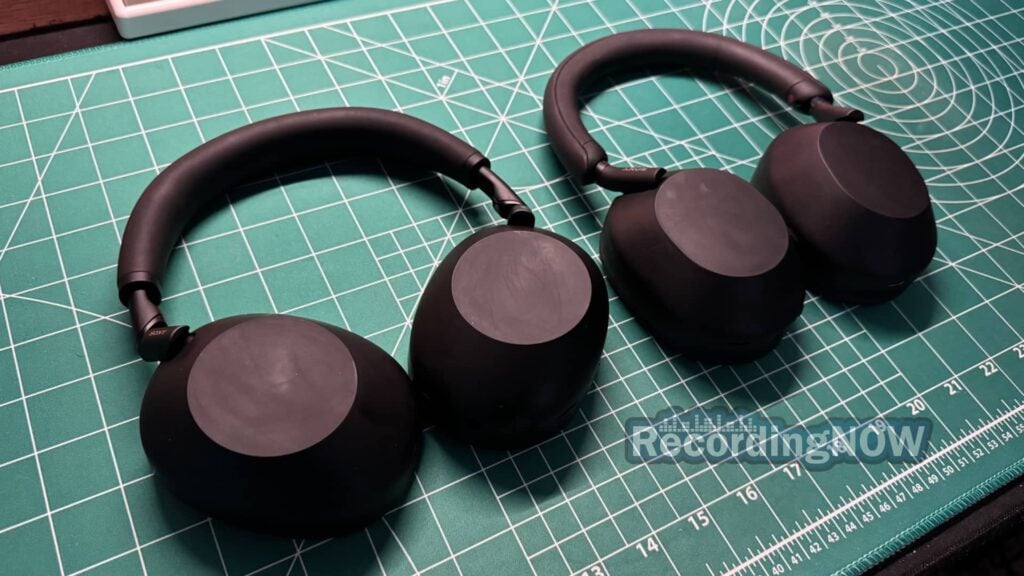
- Sony WH-1000XM6 has improved sound quality, better headband, slightly improved noise cancelling performance, and slightly better build quality to the XM5.
- Sony WH-1000XM5 is slightly lighter with competitive noise cancelling performance today.
- The Sony XM6 is about $100 to $150 more expensive than the older XM5, based on current market prices.
Watch the Full Comparison on YouTube!
Have any QUESTIONS for me?
Leave it in the YouTube COMMENTS and I’ll do my best to get back to you 🙂
Sony WH-1000XM6 vs WH-1000XM5 Price Compared
Overall, the Sony WH-1000XM6 is about $100 to $150 more expensive than the XM5 at current market prices for brand new. They can be much closer in price depending on current sales, and whether you’re buying new, renewed, or used.
Sony WH-1000XM6 Prices
- Retail: $449.99
- New: $448
- Used: $443 (save up to $5!)
Sony WH-1000XM5 Prices
- Retail: $399.99
- New: $328
- Renewed: $220 (save up to $178!)
- Used: $264 (save up to $134!)
Order Here for the LOWEST PRICE AVAILABLE (Do NOT pay retail):
Save up to $40 with LIKE NEW!
Want to save up to an additional $100?
Disclosure: These affiliate links may provide a discount and in return, give us a commission in order to keep this website 100% independent to ensure honest unfiltered reviews 🙂
Comfort
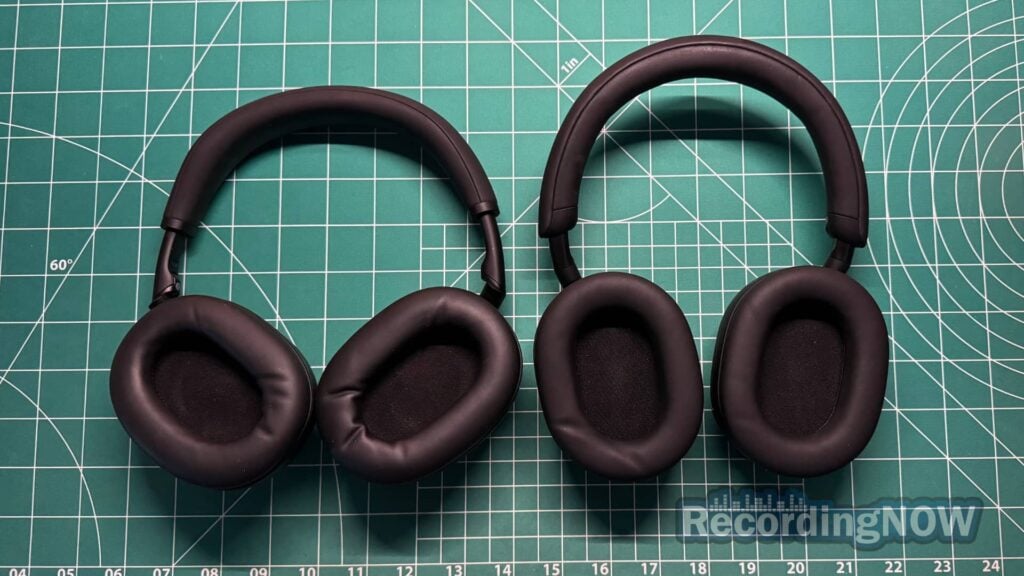
On my scale, the Sony XM5 is 6.7 grams lighter than the newer XM6:
- Sony WH-1000XM6 weight: 252.8 grams
- Sony WH-1000XM5 weight: 246.1 grams
Both of these headphones are two of the lightest in this wireless over-ear noise cancelling class.
The older XM5 has more pinpoint top-of-head pressure due to its skinnier headband design.
The XM6 has a lot of clamping force from the factory, a lack of cushioning, and less interior earcup space, so my ears are pressing against the fabric inside.
Sony improved the headband design over the XM5 so it has less top of head pressure than before.
That said, I expect the clamping force to loosen up over time like the previous-generation XM5. After this, the XM6 should settle into being one of the more comfortable headphones in its class, due to its light weight.
Both have the same cheaper-feeling cushions that could be more supportive.
Overall, these are two of the more comfortable headphones in this class, but not quite perfect.
Sony WH-1000XM6 Comfort: 4.5 out of 5
Sony WH-1000XM5 Comfort: 4.5 out of 5
Winner: Tie
Features / Build Quality / Battery Life / Noise Cancelling
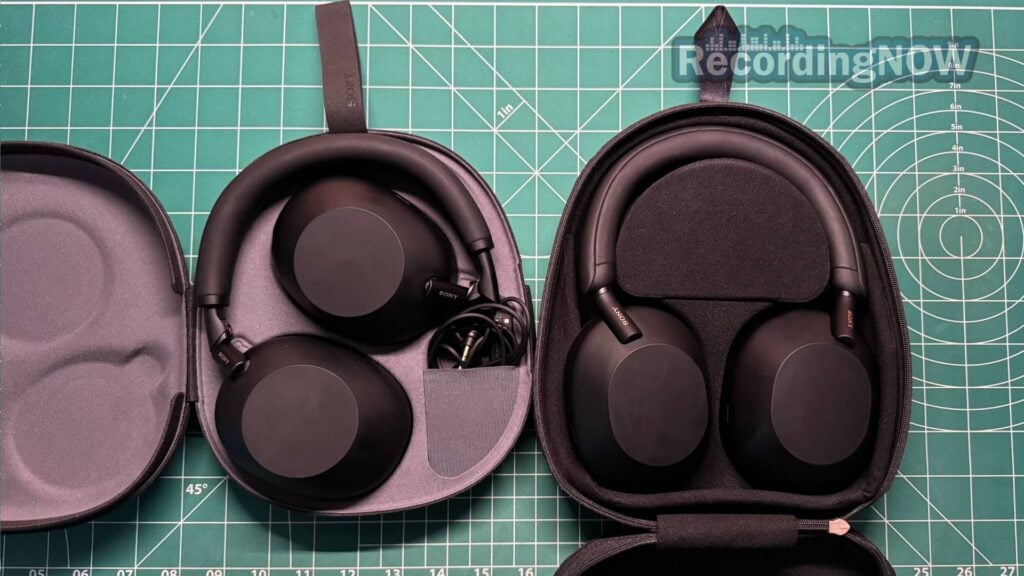
Features
These are both modern headphones with roughly the same features such as built-in microphones for calls, Active Noise Cancelling, and Transparency Mode.
But one feature I love about the Sony XM6 is a new “Cinema Mode” that adds its own spatial audio effect that is perfect for watching movies, TV, and even just YouTube.
The XM6 folds and collapses into a compact hardshell case, while the older XM5 doesn’t fold and has a bulkier hardshell case, probably the biggest in the class unfortunately.
Build Quality
Neither of these headphones is particularly great build quality for the price.
But the XM5 is known more for its “weak hinge” issue that may be more prone to breaking in certain cases.
The Sony XM6 feels very similar and plasticky to the XM5, with a slight upgrade to the hinges with the addition of a small aluminum piece that is supposed to reinforce them, hopefully fixing the “broken hinge issue” of the XM5.
Either way, both the XM5 and XM6 simply feel cheap for $300 to $450 headphones.
Looks
The XM6 looks very similar to the XM5 but I think they slightly improved its design by rounding out the earcups and making them looks a bit sleeker.
Still, neither the XM6 or XM5 is much of a fashion statement.
Sony WH-1000XM6 vs WH-1000XM5 Battery Life Compared
The Sony XM6 has about the same battery life as the XM5 on a single charge and with ANC on.
- Sony WH-1000XM6 Battery Life: Up to 30 hours (with ANC on)
- Sony WH-1000XM5 Battery Life: Up to 30 hours
In my testing, I found both of these manufacturer’s battery ratings to be accurate.
It’s worth noting that the XM6 can actually get up to 40 hours of battery life with ANC set to OFF.
These figures are about average for the class, but both are overshadowed by the Sennheiser Momentum 4 at 60 hours.
Sony WH-1000XM6 vs WH-1000XM5 Noise Cancelling Performance: Which is better?
Prior to the release of the XM6, I had viewed the XM5 as one of the best ANC headphones on the market overall.
Logically, we would expect some kind of step forward, or even leap forward, from the XM5 to the newer XM6.
In my testing, I think it’s more of an incremental 10% improvement from the XM5 to the XM6, which would still make the best in the world even better.
Where the XM6 makes a bigger leap is in a much improved Transparency mode over the muffled XM5’s.
What I like most about the XM5 and XM6’s noise cancelling performance is its consistency with lack of “intrusive” side effects like hiss, white noise, or a “pressurized” feeling that I get with other ANC headphones.
If you prioritize having the best noise cancelling available today, it might be worth springing for the new and improved XM6.
Sony WH-1000XM6 Features / Battery Life / Noise Cancelling: 5 out of 5
Sony WH-1000XM5 Features / Battery Life / Noise Cancelling: 4.5 out of 5
Winner: Sony WH-1000XM6
Sony WH-1000XM6 vs WH-1000XM5 Sound Quality Comparison
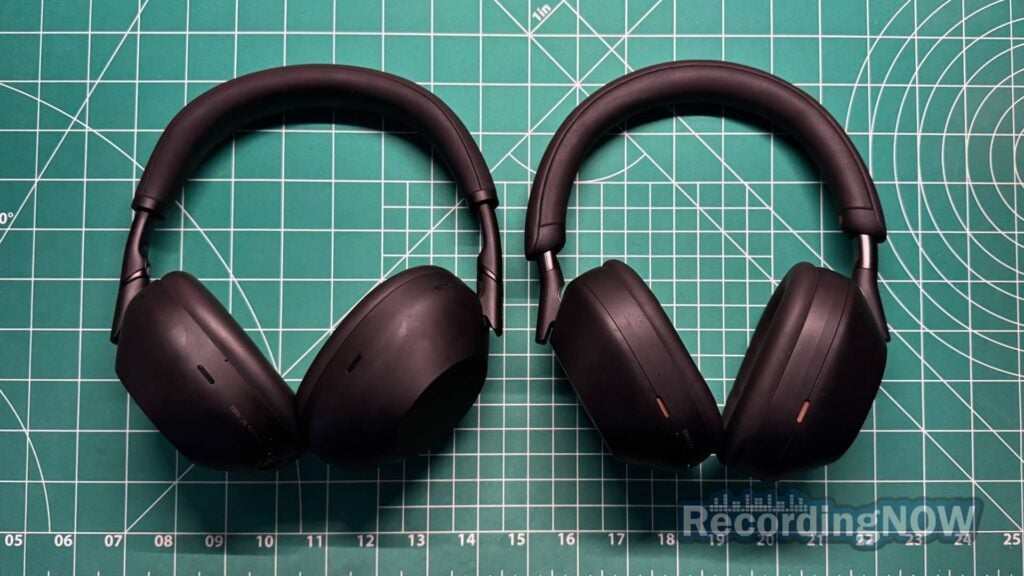
On the Stock Sound…
From the factory, there’s no contest when it comes to the stock vs stock sound.
The newer XM6 is much improved upon the muddy and muffled sound profile of the XM5, which received very mixed reviews.
The XM6 has a pleasing stock sound profile, more neutral and balanced than the XM5 or XM4, with present bass, mids, and treble detail.
In addition to a more pleasing tonality, the XM6 takes resolution, separation, and layering to new heights that the XM5 and XM4 couldn’t reach, even with EQ.
There’s a wider soundstage on the XM6 versus the more compressed and intimate soundstage of the XM5.
Speaking of EQ, the new XM6 comes with a new and improved 10-band EQ, over the 5-band EQ of the older XM5 and XM4.
The new 10-band EQ leads to even more versatility than previously before, and makes a welcome difference for the XM6.
Luckily, even the 5-band EQ makes a significant difference for the XM5 to improve it as well.
The rest of this comparison will be using the EQ settings linked below.
Links to Latest Equalizer Settings
Links open in a new tab. Scroll down to the “Sound Quality” portion to see the settings.
Comparing Sound Quality After EQ…
I would say that EQ makes a bigger difference for the XM5 than the XM6, but that’s moreso due to the XM5’s disappointing stock sound profile.
The stock XM5’s muffled and muddy profile is able to be lifted and reveal some pleasing detail in the treble.
Since the XM6 already sounds decent out of the box, it doesn’t receive as noticeable of a boost to its overall sound quality.
But the new 10-band EQ does make the XM6 more versatile and able to fine-tune for specific genres more easily.
(Hence why there are 3 EQ settings and counting for the XM6, currently.)
After dialing in both headphones, the XM6 is still clearly in a level above the XM5, both in tonality and overall fidelity.
The XM6’s bass response is stronger and more impactful while being less loose than the XM5.
The mids and treble are more detailed with higher resolution in the XM6, with that wider soundstage to feel less closed-in than the XM5.
Overall, the XM6 just does everything better than the XM5, handling more volume with less loss of clarity. The XM5 can start to get “lost” in busier passages.
One last note for sound quality, the new “Cinema Mode” on the XM6 is a pleasure to use for media OTHER than music, and I genuinely enjoy using it for movies, TV, podcasts, and YouTube.
Sony WH-1000XM6 Sound Quality: 9.0 out of 10 (after EQ)
Sony WH-1000XM5 Sound Quality: 8.3 out of 10 (after EQ)
Winner: Sony WH-1000XM6
Value
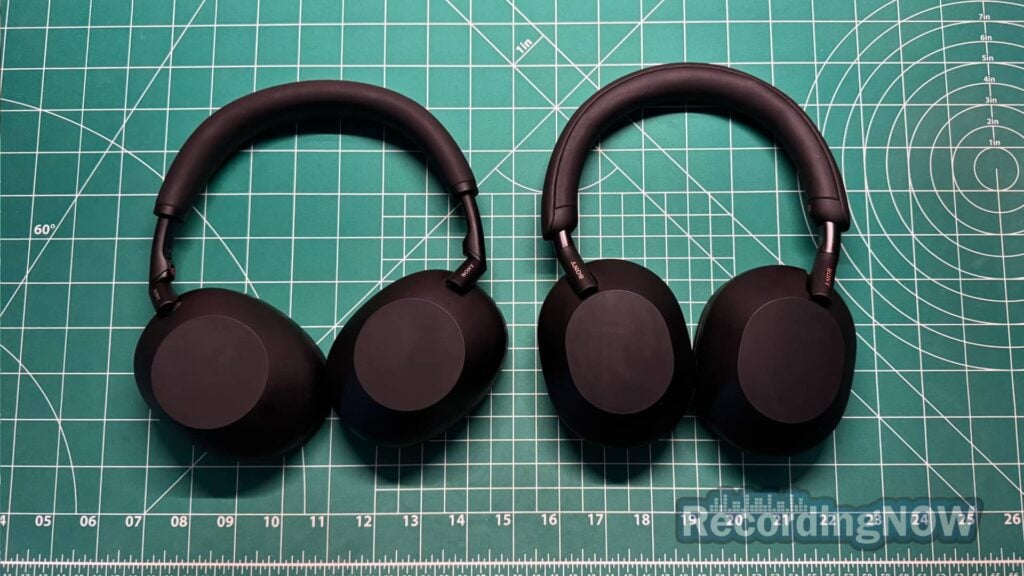
At the time of this writing, the Sony WH-1000XM6 retails for $449.99, with the older Sony WH-1000XM5 retailing at $399.99.
Based on current market prices, the newer XM6 can be between $100 to $150 more expensive than the XM5, which can be found for under $350 brand new.
Surely the XM5 must be the better value, right?
Well, I personally think the XM6’s superior sound quality, improved build quality, noise cancelling performance, and slightly improved comfort makes the XM6 the better value.
The XM5 previously scored quite well on paper, but it’s starting to look less impressive as time goes on and new and improved entrants are joining the class, like the XM6 and Bowers & Wilkins Px7 S3.
Sony WH-1000XM6 Value: 4.0 out of 5
Sony WH-1000XM5 Value: 3.5 out of 5
Winner: Sony WH-1000XM6
Sony WH-1000XM6 Overall Rating
- Excellent sound quality after EQ
- Best noise cancelling available
- Lightweight
- Hinge issue has been improved
- Clamping force
- Small interior earcup space
- Sibilance without EQ
- Smaller soundstage
Sony WH-1000XM5 Overall Rating
- Fun, good sound quality (after EQ)
- All-day comfort and lightweight
- Elite noise cancelling performance
- Stock sound without EQ is mediocre
- Poor build quality on hinges
- Expensive
Overall Winner: Sony WH-1000XM6
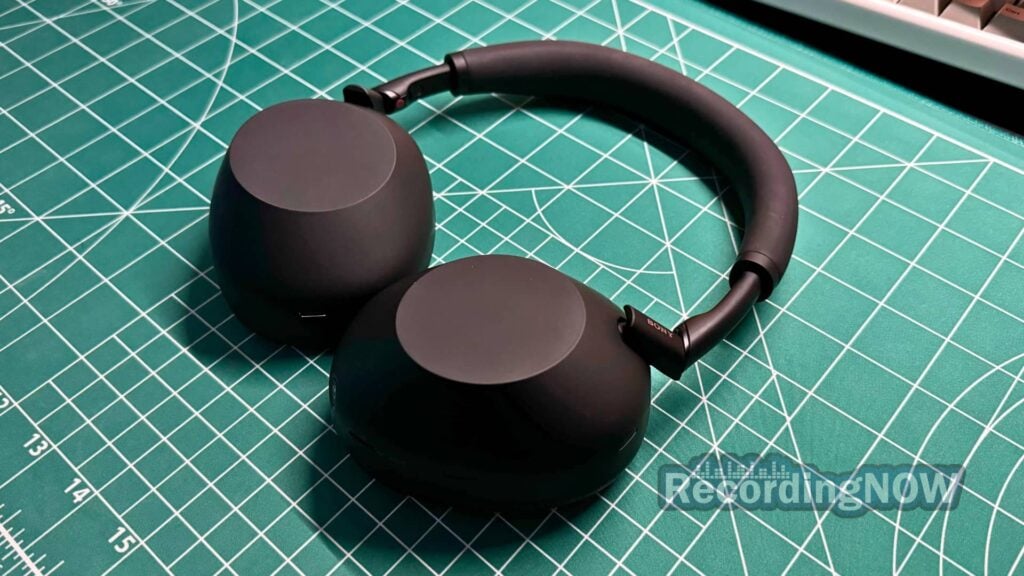
So there you have it, the XM6 essentially improves upon its predecessor in pretty much every single meaningful way.
The XM5 was actually a decent all-arounder for its time due to the light weight and noise cancelling performance, but the XM6 does take a step forward in sound quality to make it much more competitive with today’s offerings.
Personally, I wouldn’t be looking at the XM5 in 2025 and beyond, and instead would pay the premium to get more with the XM6.
But if I already owned the XM5 and enjoyed them, then I might wait until the XM7 or look at other brands like the Bowers & Wilkins Px7 S3.
Some very Strong Alternatives in this class of noise cancelling headphones are:
- Bose QuietComfort Ultra
- Bowers and Wilkins Px7 S3
- Apple AirPods Max
- Sennheiser Momentum 4
- Bowers and Wilkins Px8
- Bowers & Wilkins Px7 S2e
- Sonos Ace
- Sony WH-1000XM4
- Bose QuietComfort (2023 model)
- Beats Studio Pro
Some Relevant Comparisons in this class of noise cancelling headphones are:
- Sony WH-1000XM6 vs WH-1000XM4
- Sony WH-1000XM6 vs Bose QuietComfort Ultra
- Sony WH-1000XM6 vs AirPods Max
- Sony WH-1000XM6 vs Bowers and Wilkins Px7 S3
- Sony WH-1000XM6 vs Sennheiser Momentum 4
- Bose QuietComfort Ultra vs Sony WH-1000XM5
- Sennheiser Momentum 4 vs Bose QuietComfort Ultra
- Sonos Ace vs AirPods Max
I highly recommend you check those out next!
Lastly, if you’d like to save some money and keep supporting RecordingNOW.com’s 100% independent, unbiased reviews, do consider using some of our affiliate links below to shop and even just compare prices. We purchase all products we review with our own money to maintain the highest level of integrity, and your support goes into that plus a continuously improving site experience.
Order Here for the LOWEST PRICE AVAILABLE (Do NOT pay retail):
Save up to $40 with LIKE NEW!
Want to save up to an additional $100?
Disclosure: These affiliate links may provide a discount and in return, give us a commission in order to keep this website 100% independent to ensure honest unfiltered reviews 🙂
How We Tested and Our Methodology
RecordingNOW.com is a 100% independent publisher with over 10 years of experience testing and reviewing consumer electronics and headphones.
We currently purchase all of the products we test with our own money, and are not paid by any company or manufacturer to influence our opinions or decisions.
After purchasing the product, we conduct up to hundreds of hours of detailed hands-on testing in a controlled, acoustically-treated environment. Noise cancelling performance is tested in the real-world, primarily on airplane flights, coffee shops, and walking around large metropolitan city environments.
ODi Productions is our resident expert and author of this article, with 10 years of experience as a professional music producer, audio engineer, musician, tech journalist, and audiophile.
Read Next
Bose QuietComfort Ultra Review


Bowers and Wilkins Px7 S3 Review



Bowers and Wilkins Px7 S2e Review

Bose QuietComfort Review (2023 Model)
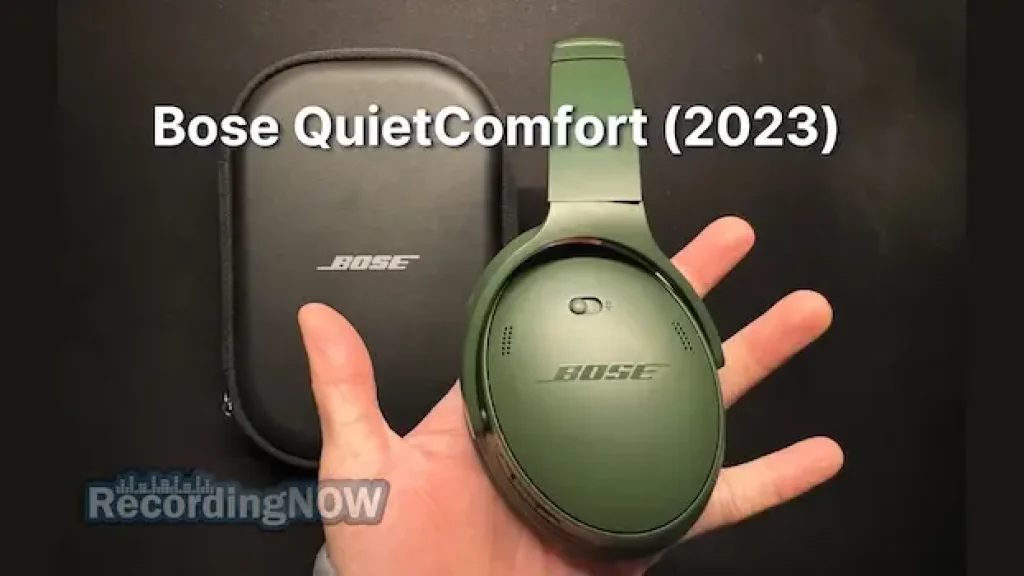


Bose QuietComfort Ultra vs Sony WH-1000XM5
